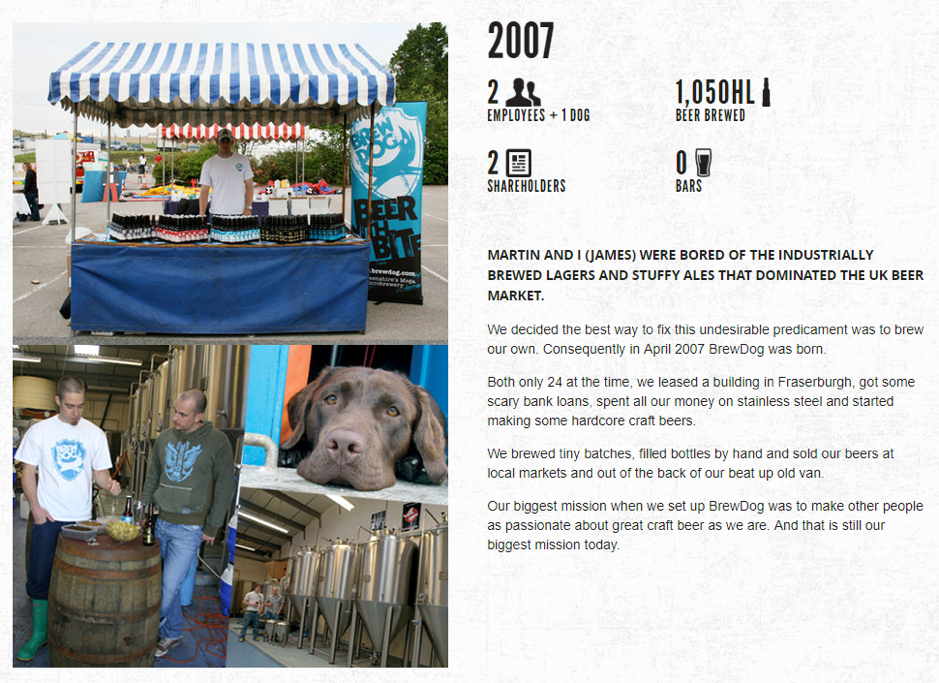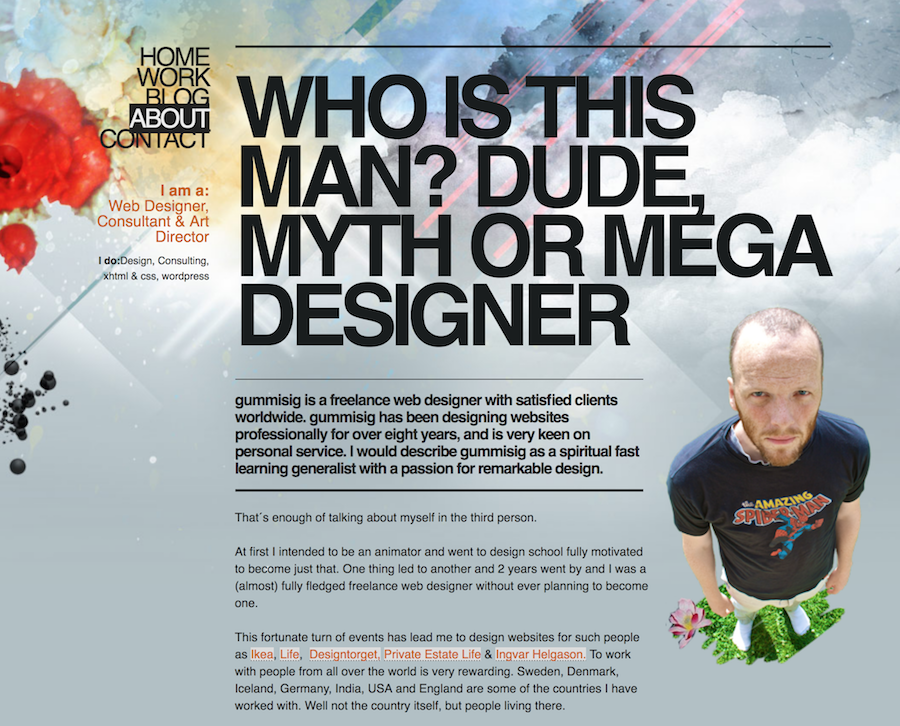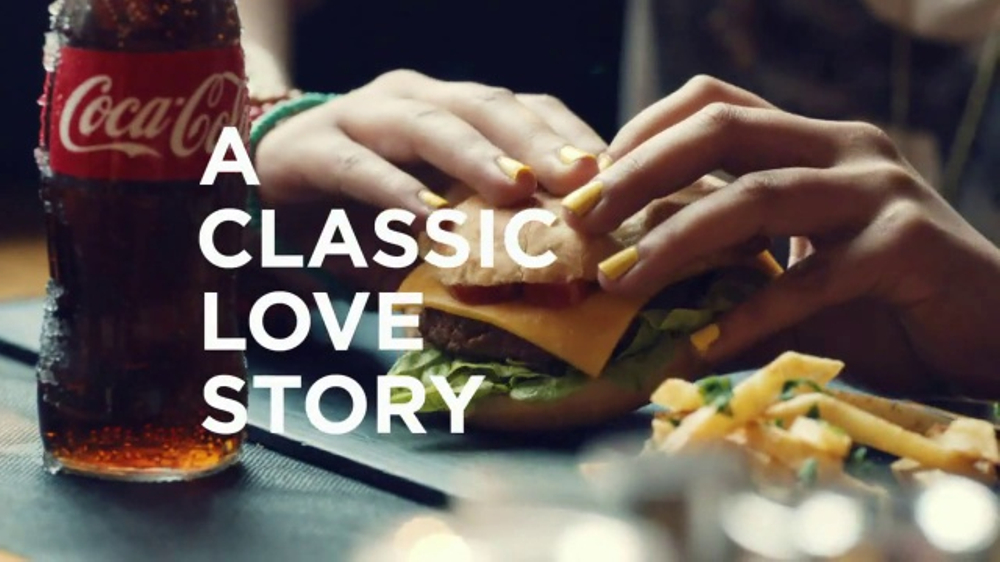
Persuasive Storytelling can serve anyone in leadership and convey key information in a way that expresses his or her point of view.
Want to write a persuasive brand story? People tend to buy from brands because of their stories. In this post, we’ll share how to write brand stories that sell.
Storytelling is an ancient art. Humans have thought, explained, rationalized, persuaded, and connected with each other through stories since the dawn of our existence.
So it’s no coincidence that all great speakers, leaders, or entrepreneurs have one skill in common:
They are all impressive storytellers!
We are wired to respond to stories on a deep, emotional level. And as neuroscientists have discovered, people make their decisions largely based on emotions, not logic. So, a compelling brand story has incredible power.
Creating a story for your brand is certainly worthwhile, although it can be challenging… especially when you think you don’t have a good story to share.
But, you don’t need to worry about that from now on. By the end of this post, you will know how to create a persuasive story for your brand that draws your target audience in and compels them to buy.
Are you ready to get started?
10 Persuasive Storytelling tips to Help Drive Sales
1. Highlight the Problem
It is exceedingly important that you understand what your audience needs, and respond to that in your story. A compelling brand story showcases a very real, specific problem and the solution that you offer.
You must be able to explain what you do, who you do it for, and why… especially if you are a new brand. As Amanda Sparks, a social media specialist at Top Down Writer puts it:
“It is important to have a brand story that consumers understand. People must be able to establish a connection with the story. As far as new brands are concerned, people have high hopes with them. They think that this particular brand is launching itself for a good reason. Hence, a brand must be able to convey the same in their business story.”
As an example, you can take the brand story of BrewDog, a craft beer company.

The problem: “Martin and I (James) were bored of the industrially brewed lagers and stuffy ales that dominated the UK beer market.”
The solution: “We decided the best way to fix this undesirable predicament was to brew our own. Consequently, in April 2007, BrewDog was born. Both only 24 at the time, we leased a building in Fraserburgh, got some scary bank loans, spent all our money on stainless steel, and started making some hardcore craft beers.”
As you can see in their brand story, they aimed to solve a problem that they were experiencing themselves. Perhaps you too are solving a problem that you had yourself. Or perhaps you know someone personally who had this problem, and you helped them to fix it? That’s a great place for your story to begin!
2. Develop Your Mission Statement
A mission statement is essential for any brand. Your mission statement should immediately convey the purpose of your business.
You’ve already defined the problem that your product or service aims to solve. Your mission statement should include this, but it should also include the WHY. What is the greater purpose of your brand? How will the lives of your customers be improved?
This is important because your “why” is what will ignite the emotions of your audience. People don’t buy products because of what they DO. Instead, people buy products because of how they will make them FEEL.
Here are some examples of mission statements that explain the greater “why” of the brand:
- IKEA – “To create a better everyday life for many people.”
- JetBlue – “To inspire humanity – both in the air and on the ground.”
- Nordstrom – “To give customers the most compelling shopping experience possible.”
- Tesla – “To accelerate the world’s transition to sustainable energy.”
- Invisible Children – “To end violence and exploitation facing our world’s most isolated and vulnerable communities.”
- sweetgreen – “To inspire healthier communities by connecting people to real food.”
- TED – “Spread ideas.”
The above mission statements clearly define the way in which these famous brands want to change lives, not just what their product or service does.
3. Be the Underdog
If you are currently the “underdog” in your niche, embracing that status is a big step toward developing an interesting brand story.
The truth is, everyone starts out as the underdog. Every brand that enjoys success today had the courage, the strength, and the belief that they will one day dethrone the reigning champion brands at the time.
Do you know what else is true? Everyone loves the underdog.
Why? Because underdogs are human. Use your underdog status to your advantage by being the friendly, relatable brand that your competition simply cannot be.
4. Emotion = Liking
If you didn’t cry watching Titanic (1997) when Rose found that Jack Dawson was dead, or when she declared her name as Rose Dawson, then there is something seriously wrong with you.
Just kidding! (Kind of.)
All jokes aside, the emotional aspects of the movie are most certainly what made Titanic so popular.
Happiness, sadness, fear, contentment… emotions are what make us alive. Hence, it becomes critical for any persuasive brand story to ignite the emotions of the target audience in order to make that audience like you.
A very good example of this is the brand story of Toms Shoes. The founder, Blake Mycoskie, traveled through Argentina in 2006. Here, he witnessed the difficulties faced by the children growing up without shoes. This fueled his desire to help those children. As a result, he established Toms…
The company would give a new pair of shoes to needy children for every pair purchased. Gradually, the One for One service of Toms Shoes stretched to include further areas as well. Now the company helps to provide the gift of vision, improved access to water, safe birth, and bullying prevention services to people in need.

Tom entered into a highly competitive industry. Their products and pricing were similar to that of the established brands. So, how did Toms manage to surpass its competitors?
You guessed it! The new brand was able to ignite the emotions of its target audience. This made their business story extremely powerful and potent.
As James Daily, an email marketer at Brainished put it:
“Nowadays a new point has come under consideration for effective marketing: Does the audience like you? Toms Shoes was able to capture the attention of the targeted audience with its emotionally strong business story. The consumers, actually, felt good in themselves by purchasing products from Toms Shoes. This is because a sense that they have done something good prevailed upon them post making the purchases.”
5. Start From the Middle
A majority of brand storytellers resort to starting their story from the very beginning. A very good place to start, right?
Not always.
You see, what often happens is this: before the interesting part comes, the audience tends to sleep.
Ever seen a movie that started from the climax but left you hanging, and then worked its way back from the beginning?
Now imagine that instead the movie had been edited so that everything happened in chronological order. Wouldn’t have been near as impactful, would it? The audience would probably have spaced out long before the interesting part came up.
Starting with the climax hooks the audience into watching the rest of the movie, and the same is true with a brand story. If you provide too many unnecessary details in the beginning, your story is going to be boring and you’ll lose your audience.
Remember that the daily lives of people have become increasingly hectic, and everyone is looking for an excuse to click away. So try starting your story from the middle and engaging your audience from the get-go.
6. Keep it Human
Do you have personal experience dealing with the particular problem you solve? In this scenario, how you managed to achieve the desired result would be an ideal brand story.
Bill Holden, Mobile Marketing Specialist at GetGoodGrade, explains:
“Creating a business story over your own personal experience is the most common, yet a potent way to grab the attention of the targeted audience.”
For example, let’s say you managed to quit smoking and are attempting to sell an e-book on it. In this case, the landing page of your website could feature your story, highlighting your own journey away from addiction.
You can tell everything ranging from how you felt, what effect it had on your children, or how your married life was on the verge of destroying itself. Then, finally, you can share how you managed to quit smoking, and how now you help others to do the same.
Showcasing your personal story–complete with all your human struggles and flaws–will help you be more relatable and likable to your target audience, and they are far more likely to register on your website and buy your online course, e-book, etc.
The best part about adopting this method of creating a brand story is that it is pretty simple to write. You are just telling your own personal story, which you know better than anyone!
7. Use Attention-Grabbing Headlines
It is important that you add an attention-grabbing headline to your brand story.
The job of your headline is to entice your target audience to read your story. After all, it does you no good to have the most persuasive story in the world if no one reads it!
The best headlines make it immediately clear to the reader what’s in it for them. For example, you could develop a headline around how your product or service was able to help a particular person save $1,000. Another headline could be describing the positive change that your brand is bringing, or what makes you unique in your marketplace.
There are so many creative ways to write catchy headlines, but the key is to take the time to think it through.
Here are some examples of attention-grabbing headlines that draw you into the brand’s story:
- Yellow Leaf Hammocks – “Ridiculously Comfy Hammocks, Impeccable Craftsmanship, Transformative Impact”
- Moz – “We know SEO. In fact, we wrote the blog on it.”
- Anton & Irene – “Former Manhattan agency directors turned Brooklyn, hands-on designers.”
- Mixd – “High Values”
- Gummisig – “Who Is This Man? Dude, Myth Or Mega Designer”
- Lonely Planet – “Just go”

8. Do a Quality Check
Editing and proofreading your content is extremely important. Any kind of spelling or grammatical mistake in your content can damage your brand story because these mistakes display the inattentiveness of your brand towards small details.
Proofreading can feel like a chore, but fortunately, there are many online tools and services to help you. A couple of our favorites are:
- Hemingway App – Hemingway is a great online editor that can help you monitor the grammar and sentence structure of your text. You can download the desktop version as well and utilize the same without an internet connection.
- Grammarly – Grammarly is another great name in the list of editing and proofreading tools. The application effortlessly checks your content for any spelling, punctuation, or grammatical mistake.
9. Flaunt Your Failures
Simply bragging about your achievements in your brand story is not ideal– in fact, it may even put you in a negative light. Remember, your story needs to be relatable to your target customer if you want them to like you and ultimately be persuaded to do business with you.
Your target audience will relate to your failures. All human beings are flawed and make big mistakes at some point in their life. And while listing off your achievements may help to increase your authority, people won’t be able to connect themselves emotionally with any of that. Hence, the very motive behind developing a brand story goes down the drain.
Write your brand story revolving around your failures rather than your successes. Then explain how you utilized your failures to your advantage. This will engage your audience with your story on an emotional level, and also help them to feel motivated and inspired to take action.
10. Share More Than One Story
Who says you can only have one brand story?
An example of a brand with many stories is Coca-Cola. People do not just drink Coca-Cola in movie theaters– there are many occasions to drink a coke. So Coca-Cola commercials show various occasions where people are enjoying the beverage… and each situation has its own story behind it.

Your brand may not be a beverage brand, but it probably has multiple facets to it. You probably also have many different anecdotes that you can share with your audience. So share all of them!
Don’t limit storytelling to your About page. You can also share “mini-stories” in blog posts, email marketing, social media, YouTube, and on stage.
Sharing multiple sides to your business can only help your audience become more connected to your brand, so make it a habit to tell stories on a regular basis.
Conclusion
All successful brands have a persuasive brand story, and that story is constantly evolving. Ever noticed how often brands change their “About” page? Pretty frequently, right? That’s because stories are living things that grow and change!
You may not feel like you have the most impressive or remarkable story in the world right now… and that’s OK! Sharing your struggles and shortcomings is a sure way to relate to your target audience and persuade them to like you. Coming across as humble and human is way more effective than bragging about your accomplishments anyway.
Get started right now by working your way through the business storytelling exercises above, starting with the first exercise: define the problem you solve for your audience. What inspired you to solve that problem?
Begin with this, and the rest of your persuasive story will flow from there!
Jessica Fender is a professional writer, independent blogger, and chief content officer at OnlineWritersRating.com. She is passionate about wise team management and self-development as a leader. Featured on Freelancer.com and Addicted2Success.